Butterfly Conservation Ireland’s reserve at Lullybeg is monitored using the transect system. This uses a fixed route to count butterflies on the reserve between April 1st and September 30th each year. The count includes all butterflies seen 2.5 metres to the left and right of the walker, 5 metres ahead of the walker and 5 metres above. The results of these counts are sent to the National Biodiversity Data Centre. In addition, counts are made on the reserve away from the transect.
Having systematic butterfly count data for the site since 2011 means trends in species and abundance can be tracked which means we can check the effects of changes in management, successional changes in the habitats, weather conditions and even climate on butterfly populations.
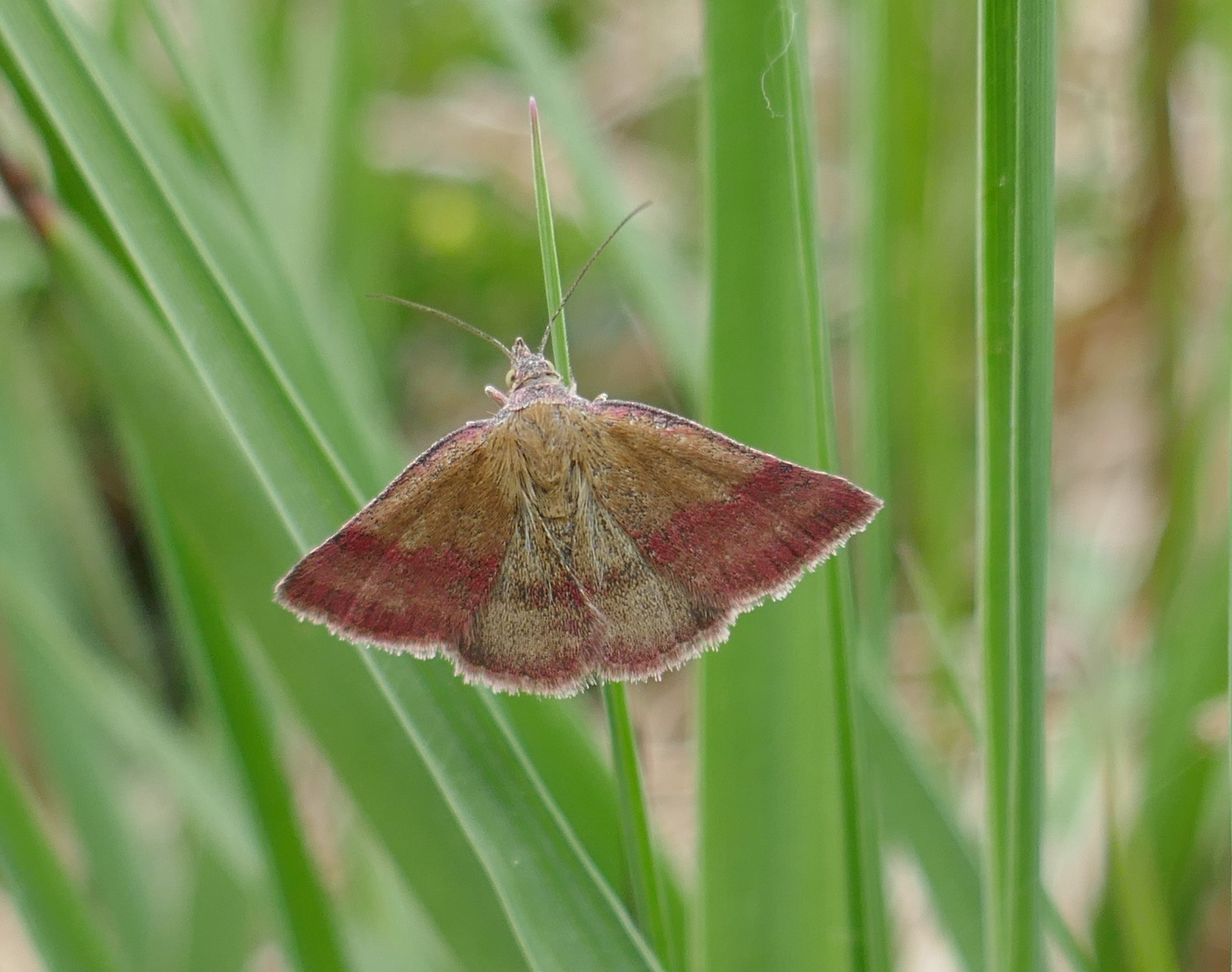
Here we give an indication of the reserve’s performance at the halfway stage in 2023.
The reserve has some species whose conservation is a concern nationally, and these are especially important monitoring subjects. The Small Heath, rated Near Threatened, has dramatically declined on the reserve. From a high of 231 individual Small Heaths in 2013, a slight drop to 229 in 2014, the trend has been of steady falls since. The years 2015, 2016, 2017, 2018, 2019, 2020, 2021 and 2022 saw 131, 62, 61, 63, 57, 44, 74 and 35 Small Heaths respectively.
This year the Small Heath count is 54, a healthy increase on 2022’s poor result but still much lower than its peak in 2013 and 2014. We are investigating the habitat conditions it likes on the reserve to inform decisions about how to manage these areas and how these conditions compatibly align with the ecological requirements of other important butterflies. This is quite a challenge in a relatively small reserve.
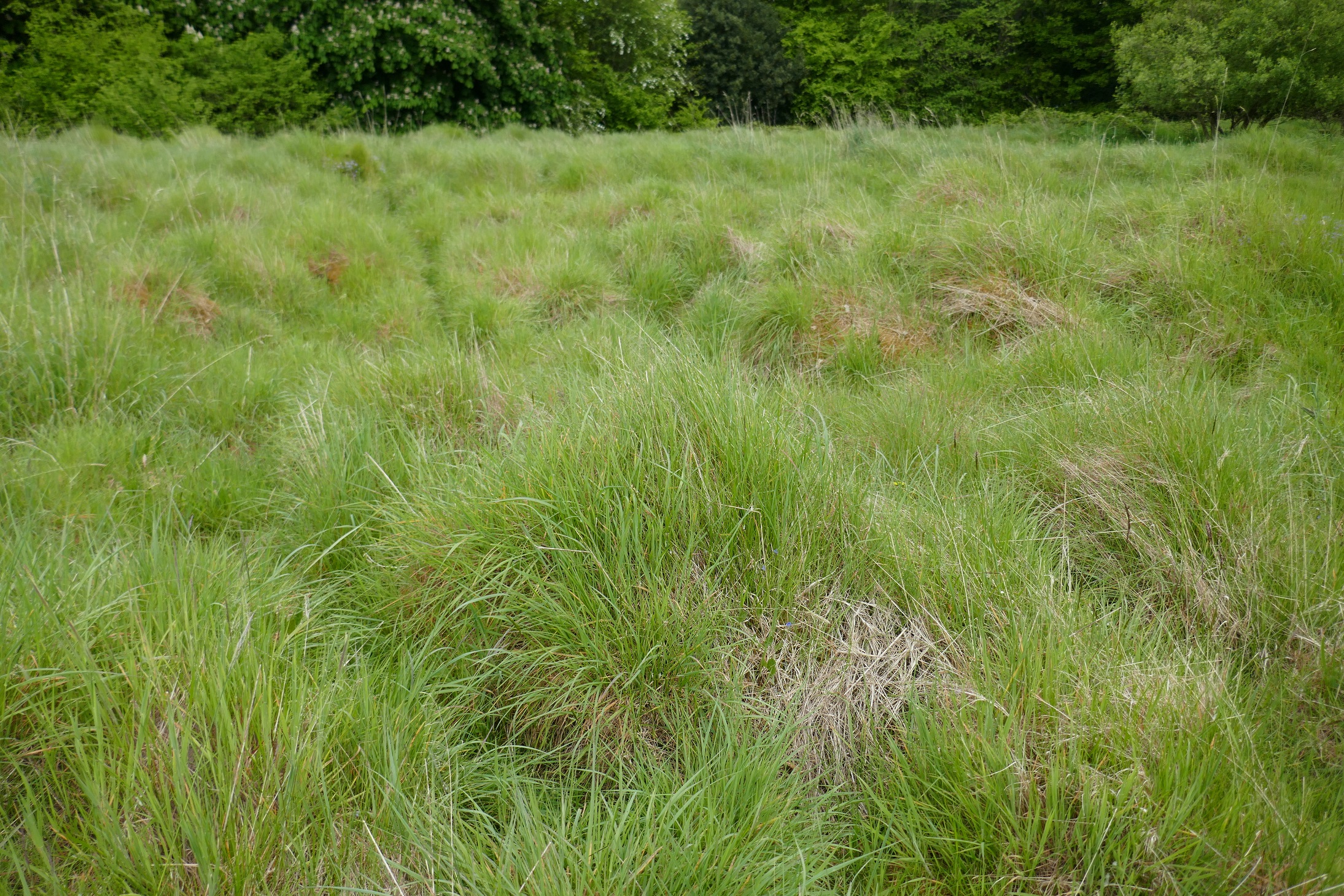
One conclusion is that the Small Heath dislikes heavy grazing. This is clear from the nearby reserve at Lullymore, where it has been eliminated by grazing designed to cater for the Marsh Fritillary, where donkeys were introduced to graze on Purple Moor-grass to prevent it from overwhelming the Marsh Fritillary foodplant. The Small Heath likes fescue grasses, and the growth form it especially likes is tall, shaggy, dense tussocks containing plenty of dead grass blades. Unfortunately, grazing livestock love this grass, and attack this before tackling the rougher species.
The Small Heath also likes smaller, sparser Red Fescue growing among sparsely vegetated ground, but semi-bare terrain is quite temporary on vegetated cutover peatlands. Thus, successional change is a threat, unless the fescues grow into dense tussocks needed, but this only happens if grazing does not occur or is very sporadic. The ground can be disturbed by cattle to create bare patches, but will Red Fescue colonise these quickly before more robust grasses assume control?
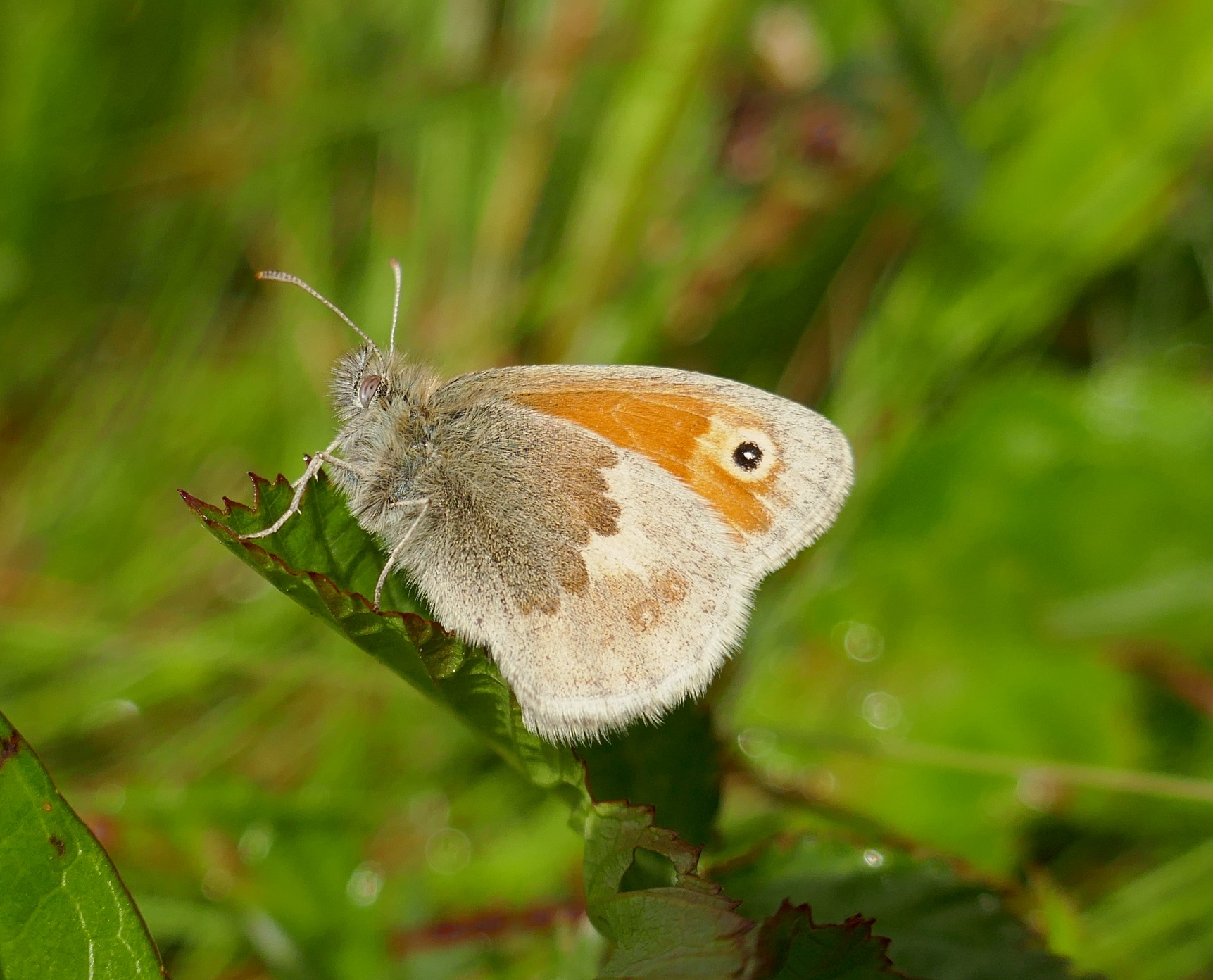
The timing of grazing and topping of vegetation and the severity of topping are also important. Late autumn or early winter grazing and topping is probably best for the butterfly. These were used in 2022 and a population rebound was observed, but some of this recovery was in areas not grazed and not topped.
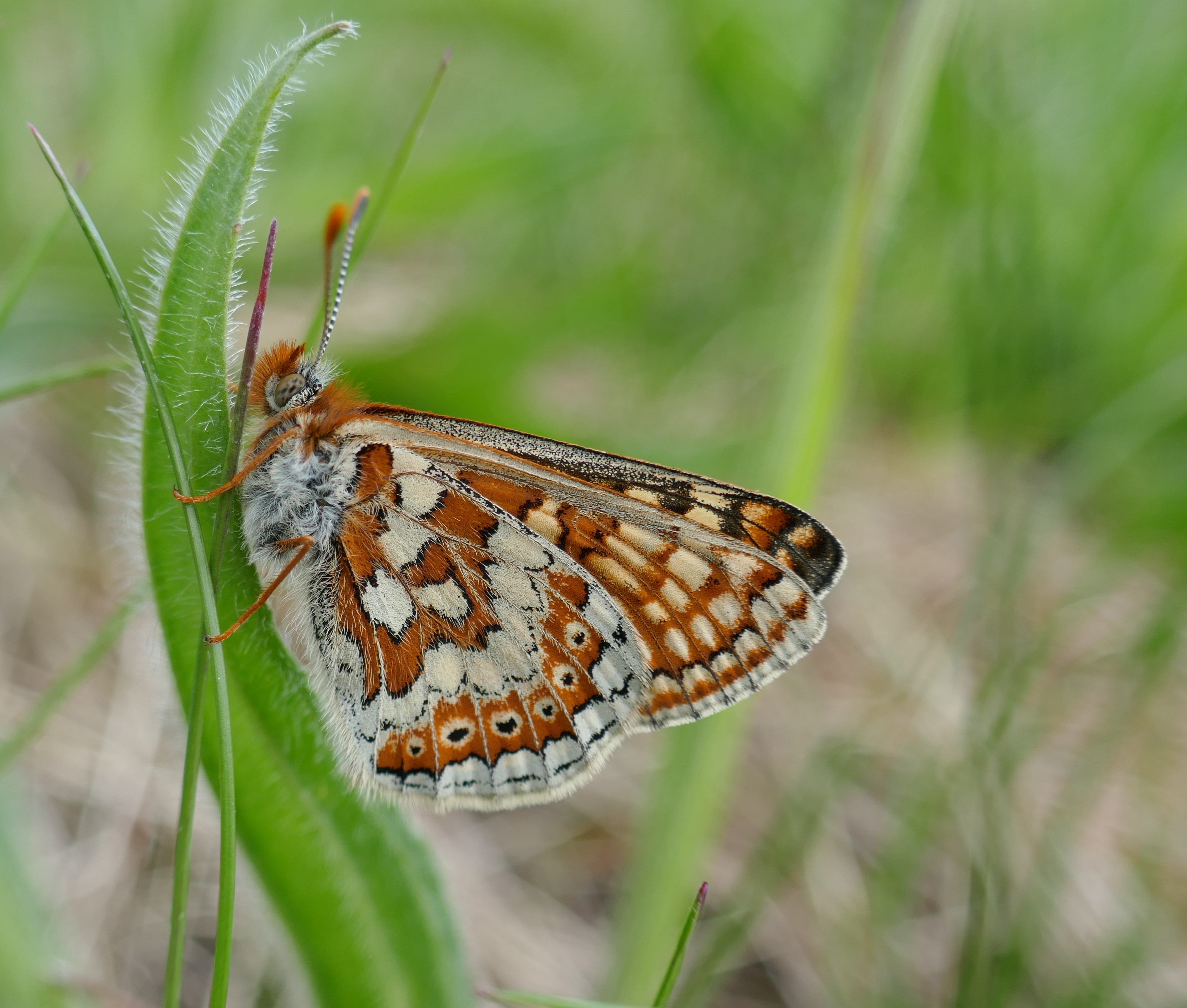
A priority butterfly that is doing well on the reserve is the Marsh Fritillary. A mere 15 were counted in 2011, followed by 19 in 2012, 41 in 2013, 92 in 2014, just 32 in 2015, 14 in 2016, 17 in 2017, 31 in 2018. After this numbers increased.
Totals of 287 and 207 in 2021 and 2022 respectively show this recovery. This spring and summer 246 Marsh Fritillaries were counted, great news that shows the management is working well for this threatened species. The control of scrub and light grazing is key to this success.
Another threatened butterfly, the Dark Green Fritillary is still on the wing, so the picture is unclear at this point. Only two males have been recorded so far. There are plenty of Common Dog-violet plants in parts of the reserve but the sward around the highest violet populations is probably too low for this species.
The Silver-washed Fritillary has shown lower numbers in recent years. In 2020, 2021 and 2022 the figures were 9, 6 and 8 respectively. Up to mid-July 2023, 16 Silver-washed Fritillaries have been seen and this number will increase, so that is very good news.
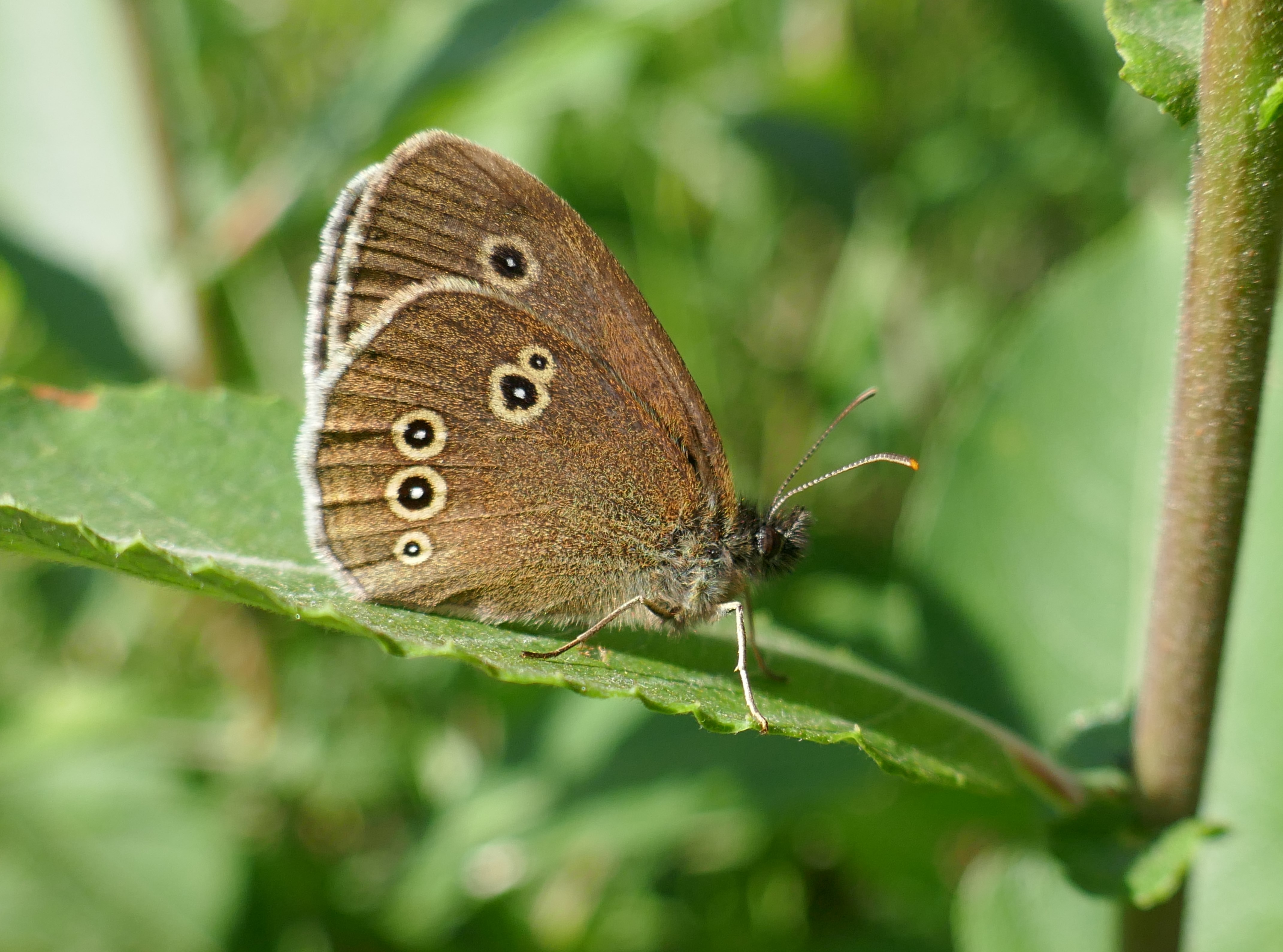
So far in 2023, 1237 Ringlets have been counted (only 636 in 2022), and 168 Meadow Browns (204 in 2022). These two are still flying, so the totals will rise.
Twenty-two Dingy Skippers were found this year; its flight period is over for 2023. In the four years 2019-2022, the numbers seen were 10, 10, 47 and 31. The trend will be closely monitored next spring.
It is wonderful to see increases in the Small Heath, Marsh Fritillary, Silver-washed Fritillary and Ringlet, and an expected rise in Meadow Brown numbers. Without your help, none of this would happen.
These figures show what is possible elsewhere in our countryside if managed properly. Land managers and conservationists take note!
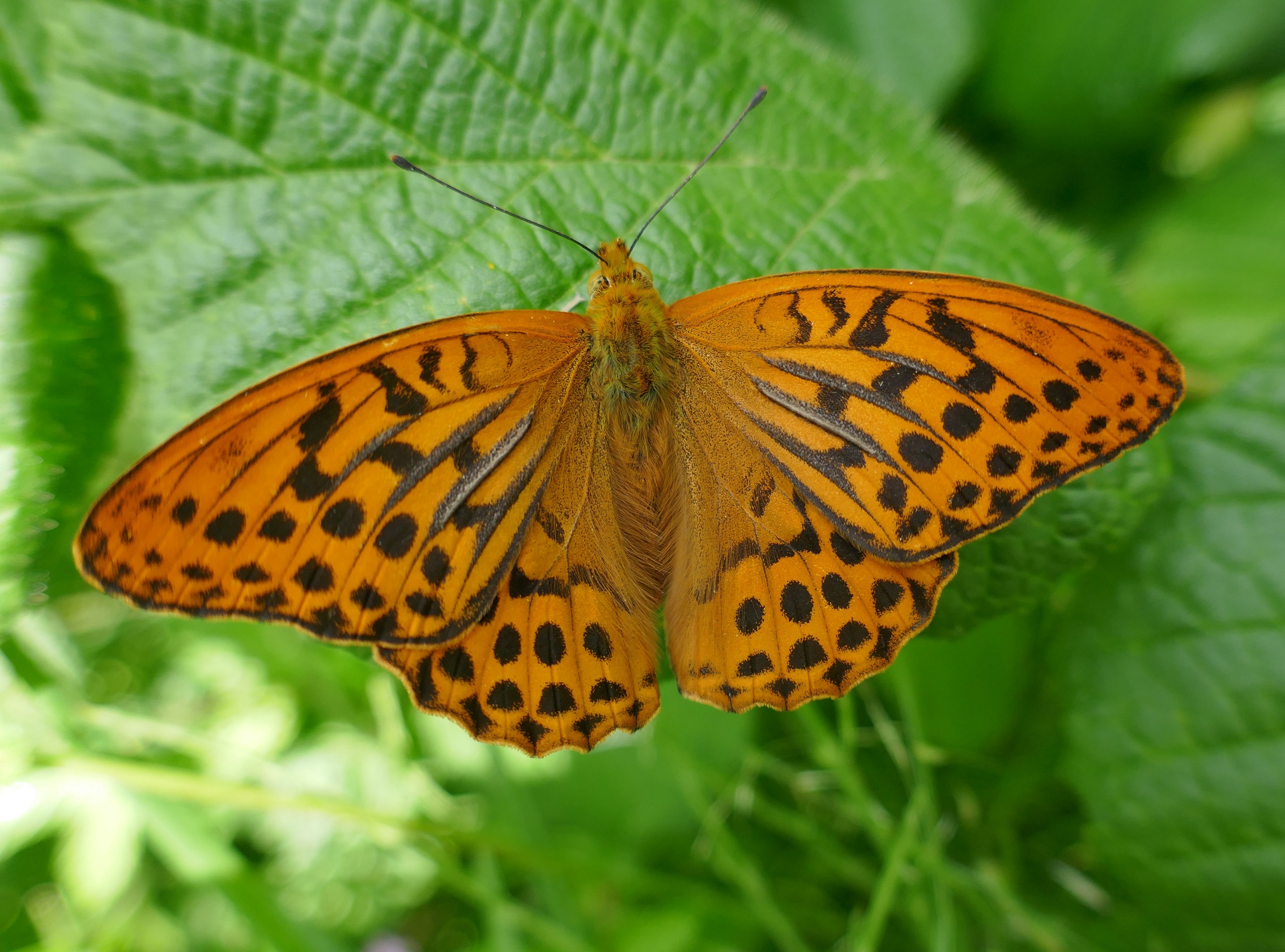
Photographs copyright J. Harding.

